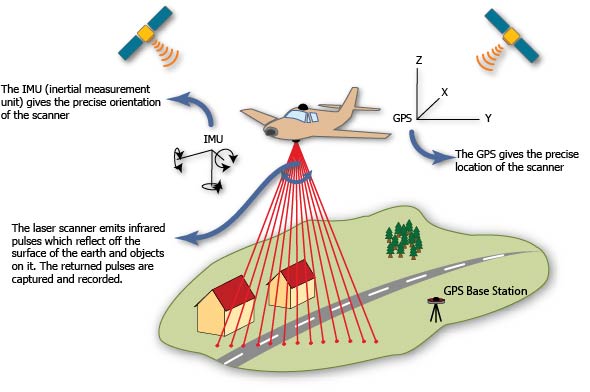900 319 0030
enquiry@shankarias.in
Why in news?
Bengaluru sets out an aerial mission to collect data on the solar energy potential of its rooftops.
What is the mission on?
How does it work?
What are the benefits?
What are the limitations?
What is the way forward?
Source: The Hindu
Quick Fact
LiDAR
